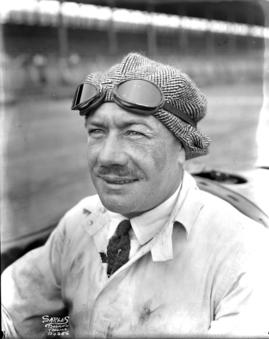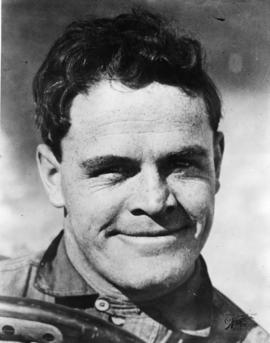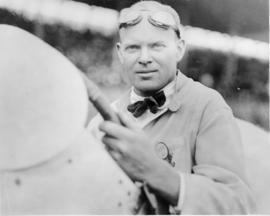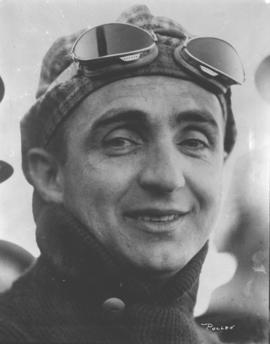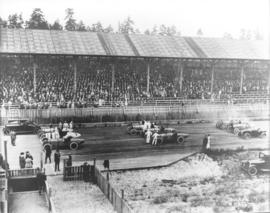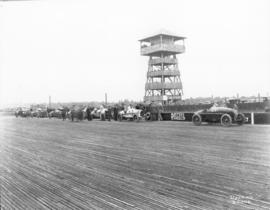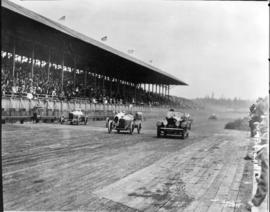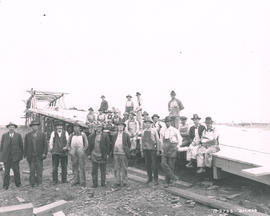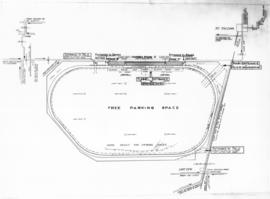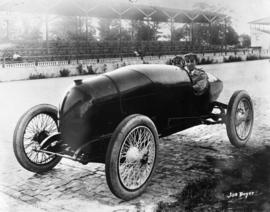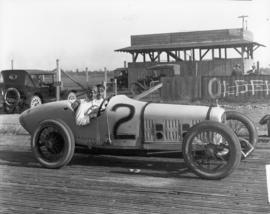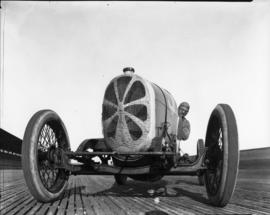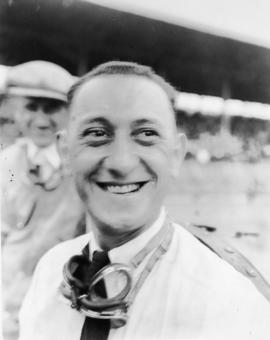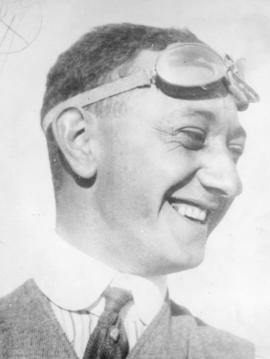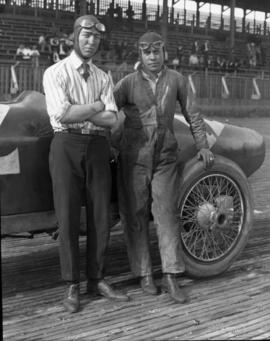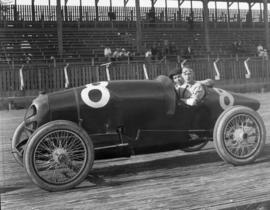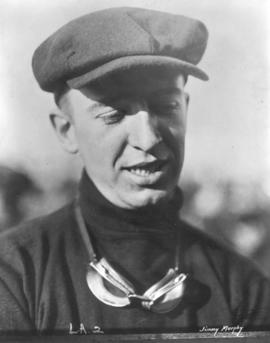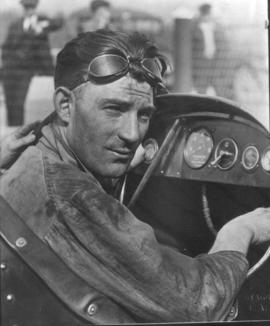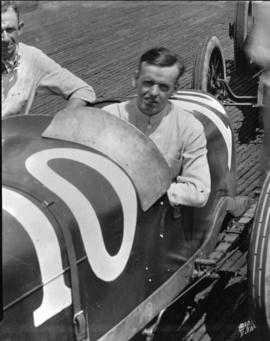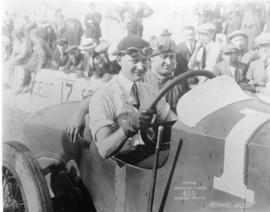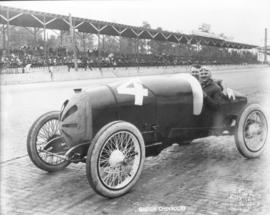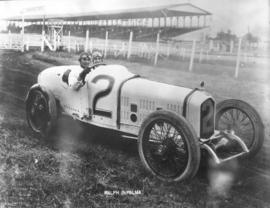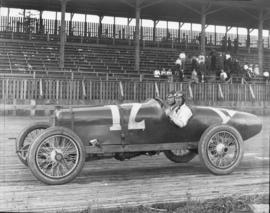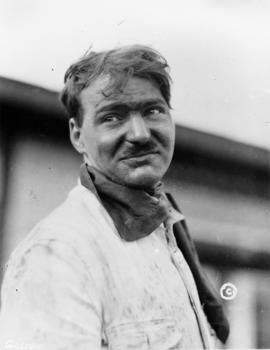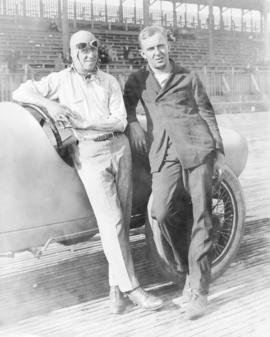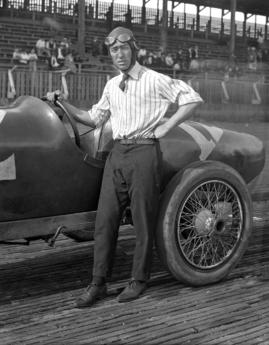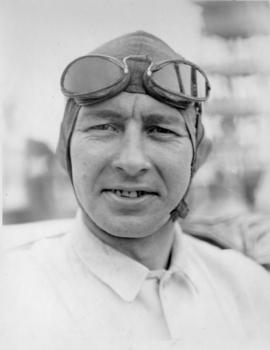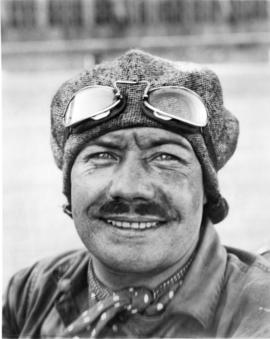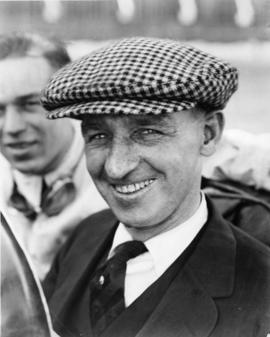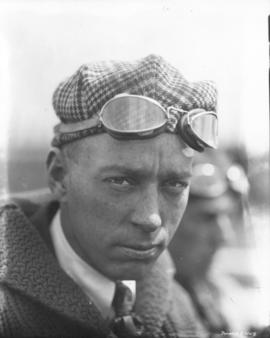- Item
- 1921-07
Part of Marvin Boland Photographs
Roscoe Sarles poses in his Duesenberg prior to the July 4th, 1921 Tacoma Speedway Classic. Sarles was considered one of the most fearless drivers in the country and a ruthless opponent. Born January 4, 1892 in New Albany, Indiana, Sarles went into auto repair and later sales after he finished school. In 1916, bit by the racing bug, he joined Louis Chevrolet's racing team. By 1917, he was riding with Joe Boyer as a mechanic. After the conclusion of World War I, he began racing with his Roamer with great success. The car was loaned to Lewis LeCocq for the Memorial Day race in Indianapolis. LeCocq was killed when the machine swerved into the wall and caught on fire. Sarles had the car rebuilt at the factory. A year after the Tacoma race, on September 17, 1922, 50 miles into a race at the Kansas City Speedway, the Durant Special driven by Sarles snapped its steering gear and swerved into another car. It then proceeded to flip over the rim of the racing bowl. Sarles was killed in the accident. (TDL 7/3/1921, pg. C-3; www.motorsportmemorial.org) Boland B4356, Speedway-094
Sarles, Roscoe; Tacoma Speedway (Lakewood); Racetracks--Lakewood--1920-1930; Automobile racing--Lakewood--1920-1930; Automobile racing drivers;
